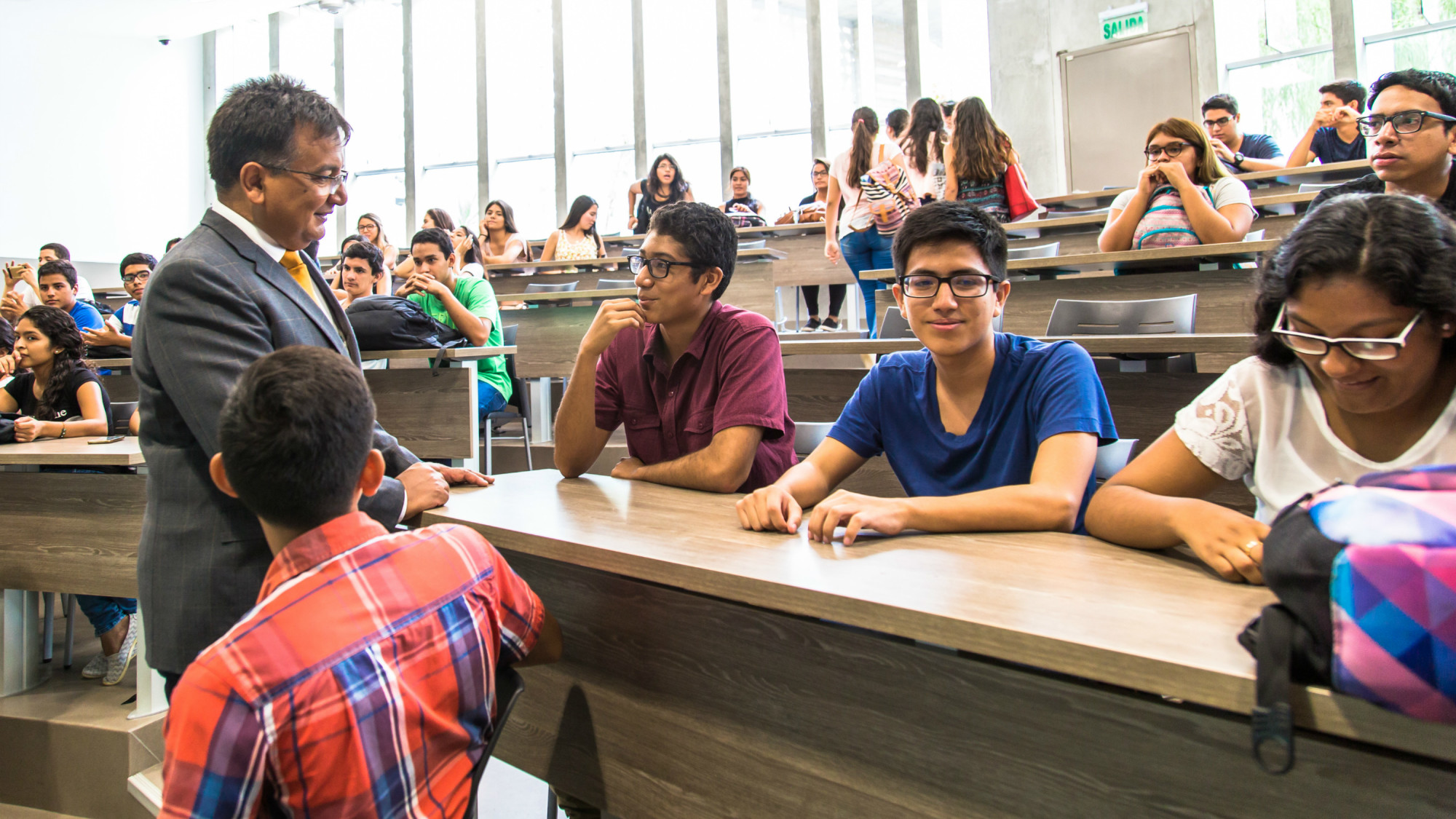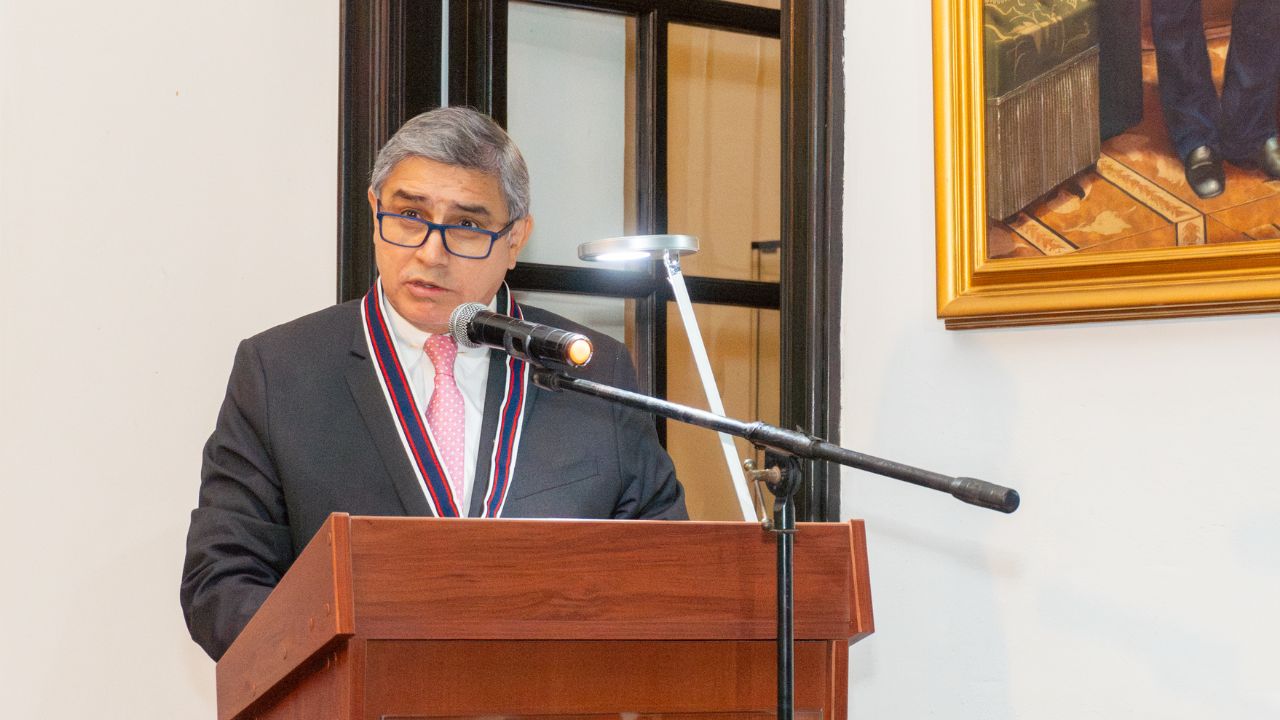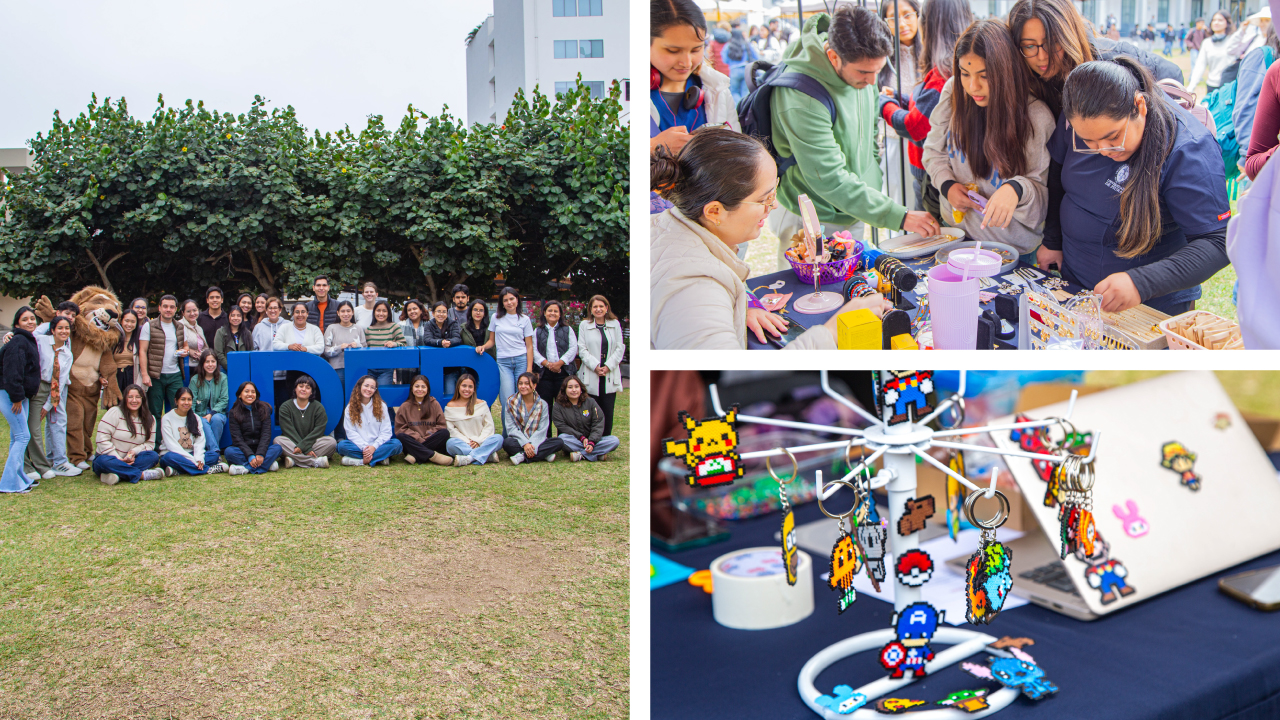One such way to make dictation different is by involving students in it: Make them dictate to each other!
Por Cesar Klauer. 27 junio, 2018.
Dictation has, little by little, lost a place in the language classroom. I don´t know many colleagues who use it as a regular technique, be it for introducing new language items, or reviewing or extending the language practice. However, in defense of dictation, we can mention tat is an activity that helps in the development of good spelling but also in the training of students´ ”ear” for the English language. Among the advantages of dictation is the fact that it exposes students to models of correct English which will help them develop their own monitoring skills. One more benefit is that dictation forces students to use their short term memory –which might become long term– while trying to remember words in a certain order. What is more, dictation is easy and fast to set up. The problems begin, as with any technique or type of exercise, when dictation is used too often: it loses effectiveness because it becomes a mechanical activity which students know already. The best is to disguise dictation by making it “different but the same”, that is, by keeping the core of the task but giving it different forms to the typical one.
One such way to make dictation different is by involving students in it: Make them dictate to each other!
A very simple form of doing so is getting pairs to dictate short passages taken from texts in their books. You can use reading passages they have done already, or one that they will be reading that day. If it is a past text, it serves as a review of vocabulary, theme, pronunciation, etc. If you ask them to use a new text, it will be an introduction to the topic presented in the new reading text. After dictating, they can check their texts against the original.
A more elaborate way of doing dictation is using slips of paper. Prepare some sentences and write them pieces of paper. Then stick them on the walls around the class. Form pairs where one student dictates and the other copies. The student who dictates has to go to the pieces of paper on the walls and memorize the sentence, then go back to his partner and dictate it. He may go back to the original if he forgets part of the sentence. Then, if the text in the sentences is a cut out paragraph, they can put it in order.
If you have access to a projector and PC, you may want to project the sentences. In this case, the student who copies has to sit looking away from the screen while the student who dictates has to face the screen.
One fun way to vary the previous suggestion is working in teams of three. Student A has pieces of paper with the sentences which he will dictate one at a time to student B, but student B can´t copy the sentence. Student B goes to student C and dictates it for C to write down. When they have finished the set of sentences, they get together to put the text back in its original order. You may want to make it a competitive game and have several teams do the dictation. The team that finishes first, and correctly, wins.
(*) Cesar Klauer is a teacher at the Language Center of Universidad de Piura Campus Lima. He is a graduate from Universidad San Ignacio de Loyola, he holds a Master´s Degree in Education in Teaching English from UDEP, and is currently in his second year of the Doctorate in Humanities in the same institution. He also has a Diploma for Overseas Teachers of English (currently DELTA) from Cambridge University, a Certificate in Contemporary American Literature from the University of Louisville, USA, and a Certificate in Materials Preparation from Bell College, England. In the Language Centre he is a Speaking Examiner and Team Leader for Cambridge Exams.









